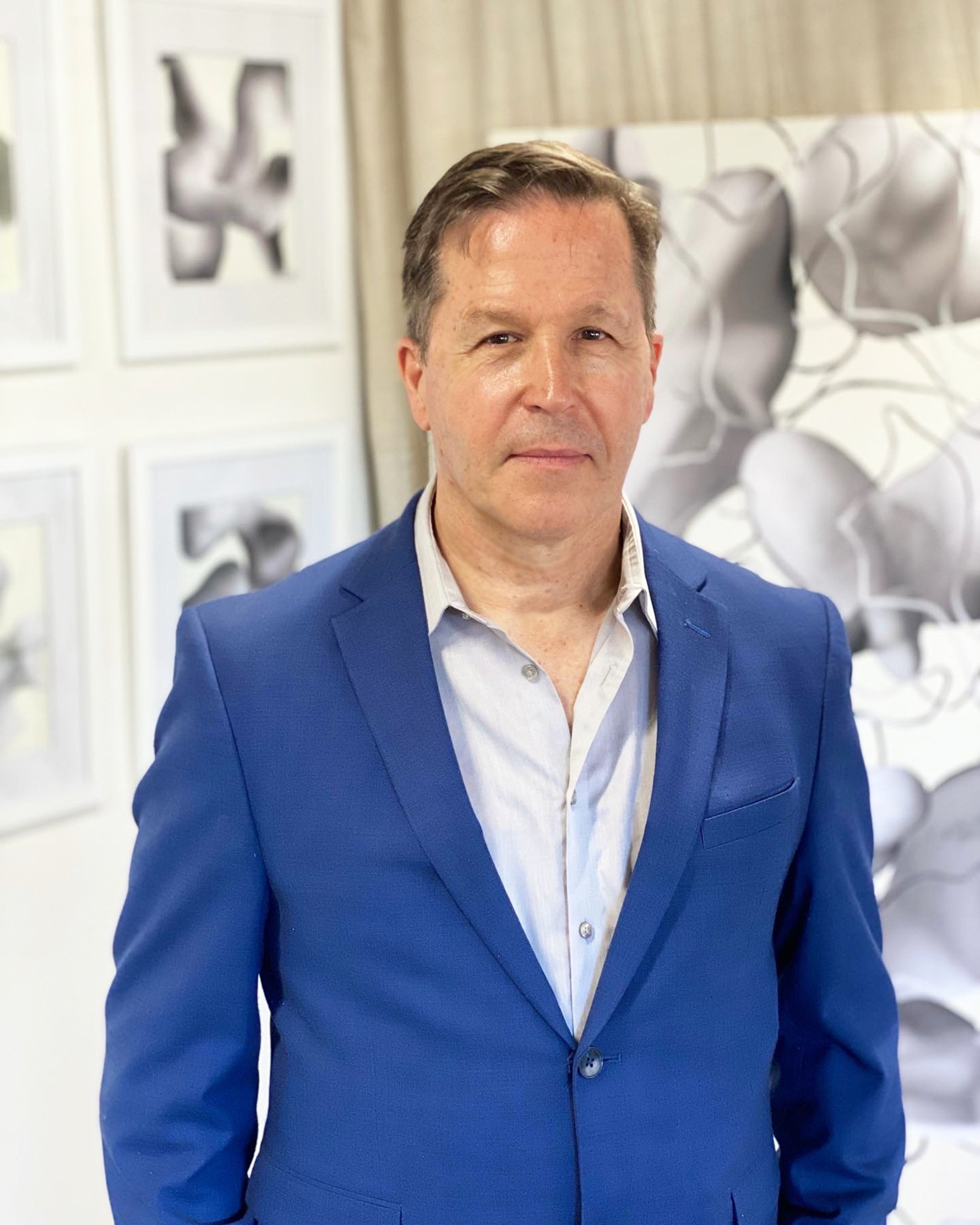Alright – so today we’ve got the honor of introducing you to Ray Beldner. We think you’ll enjoy our conversation, we’ve shared it below.
Ray, thanks for joining us, excited to have you contributing your stories and insights. It’s always helpful to hear about times when someone’s had to take a risk – how did they think through the decision, why did they take the risk, and what ended up happening. We’d love to hear about a risk you’ve taken.
The biggest risk I took was in 2021, after the Covid lockdowns, when I decided to devote myself entirely to my art practice. Before then, I’d always kept a safety net – a part-time job, consulting work, teaching gigs. But something about living through the pandemic crystallized things for me. I realized that if I wanted to succeed as an artist, I needed to commit fully.
Making art itself involves daily risks: every blank canvas represents the possibility of failure, every exhibition opens you up to criticism or worse – indifference. Each piece reveals something deeply personal about who you are and how you see the world. But choosing to make art your sole source of income? That’s a different level of risk entirely.
Two years into this decision, I can say it’s still a dicey proposition. Some months are lean, with few sales. Yet this commitment has pushed me to evolve both artistically and professionally in ways that wouldn’t have happened if I’d kept one foot in the safety zone. The risk has made me more resilient, more innovative in my approach to both making and selling art, and ultimately, more authentic in my practice.
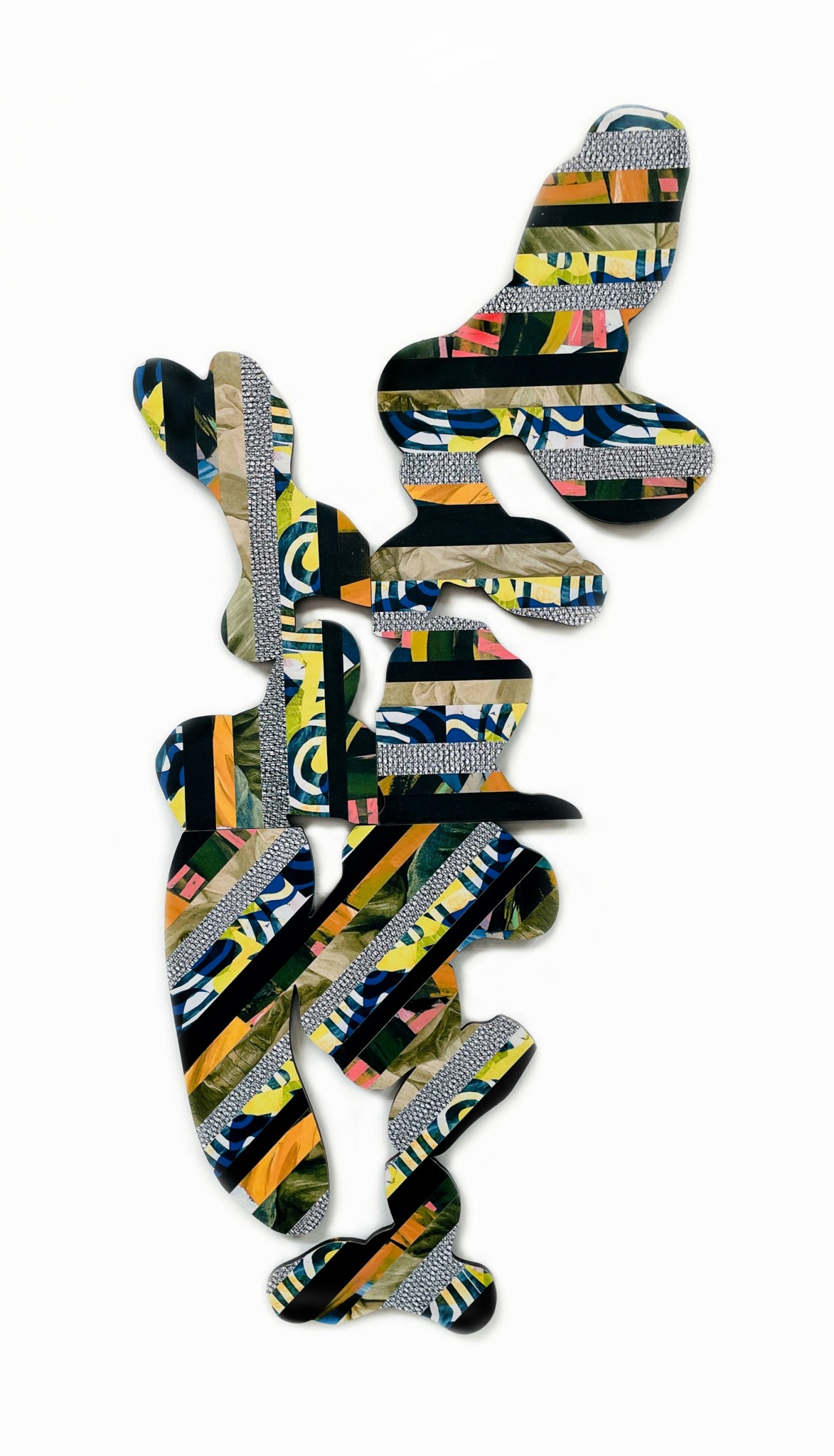
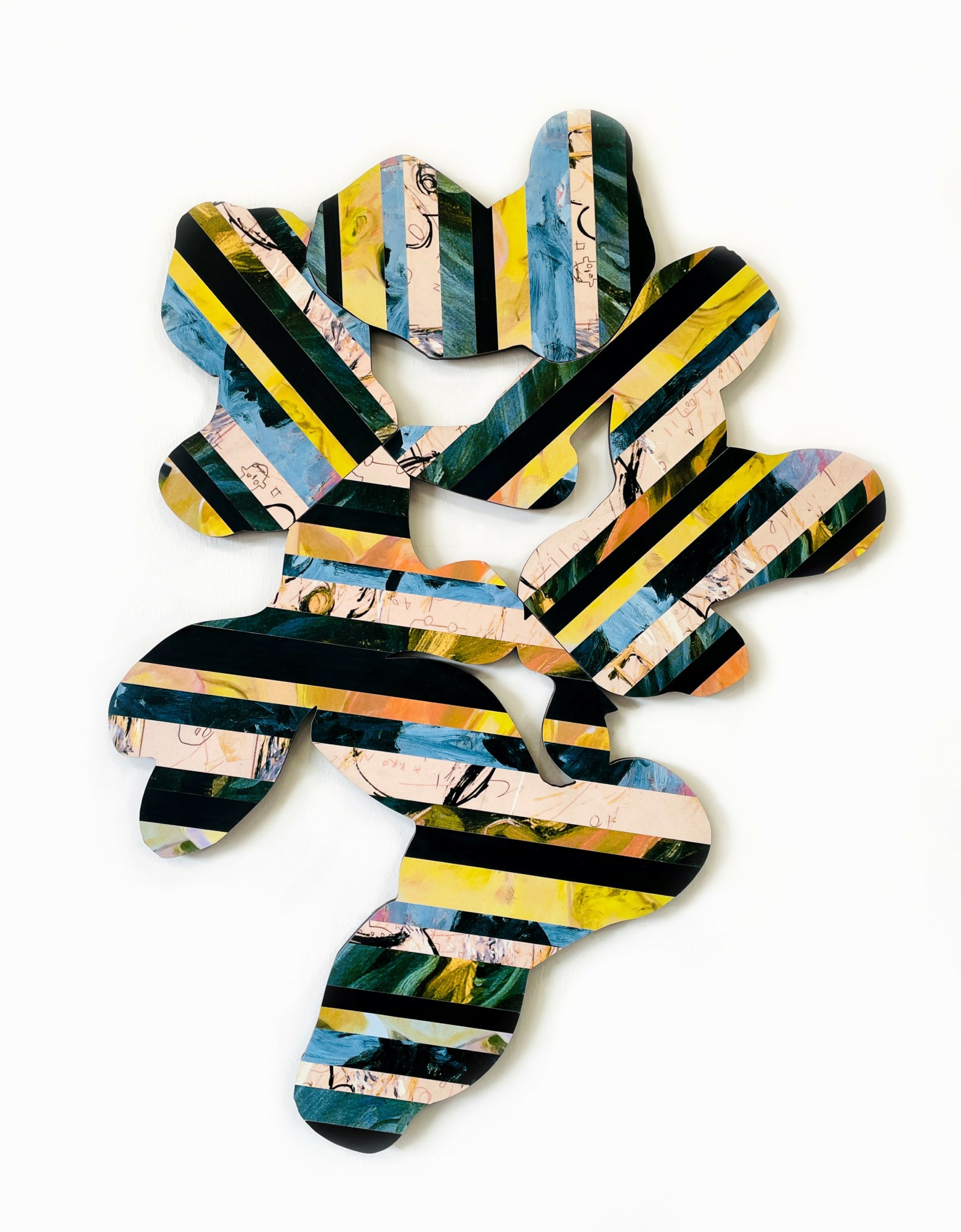
Ray, before we move on to more of these sorts of questions, can you take some time to bring our readers up to speed on you and what you do?
Like many artists, my journey began early – I knew from a young age that art would be my path. This led me to the San Francisco Art Institute, then a master’s degree atMills College, and eventually to teaching at universities and art colleges in the Bay Area for two decades. Beyond making art, I’ve also worked to support other artists, founding and running Startup Art Fair for five years to help artists connect directly with collectors and bypass traditional gallery systems.
My current work focuses on mixed-media collage, but with an unique approach. I create bright, colorful, abstract compositions using fragments torn from art history books, auction catalogs, and art magazines, arranging them on laser-cut shapes inspired by modernist sculptors like Henry Moore and Jean Arp. What sets these pieces apart from traditional collage is their sculptural quality – most viewers don’t initially realize they’re looking at paper. The work exists in a fascinating space between two and three dimensions, playing with figure-ground relationships and challenging conventional notions of collage.
This work represents a significant shift in my artistic practice. My earlier pieces were conceptually driven, following Marcel Duchamp’s “anti-retinal” philosophy of artmaking and Sol LeWitt’s assertion that “the idea is the machine that makes the art.” Now, my process is more organic, playful and intuitive. Instead of starting with a concept, I begin with shapes and fragments of images, letting the materials guide the composition. The work has evolved from small layered constructions to large-scale assemblages and freestanding sculptures.
I’m most proud of how these pieces create a dialogue with art history while pushing into new territory. By deconstructing and reimagining art historical imagery, I’m both honoring and transforming the canon. The process is simultaneously destructive and generative – tearing apart art books to create something entirely new.
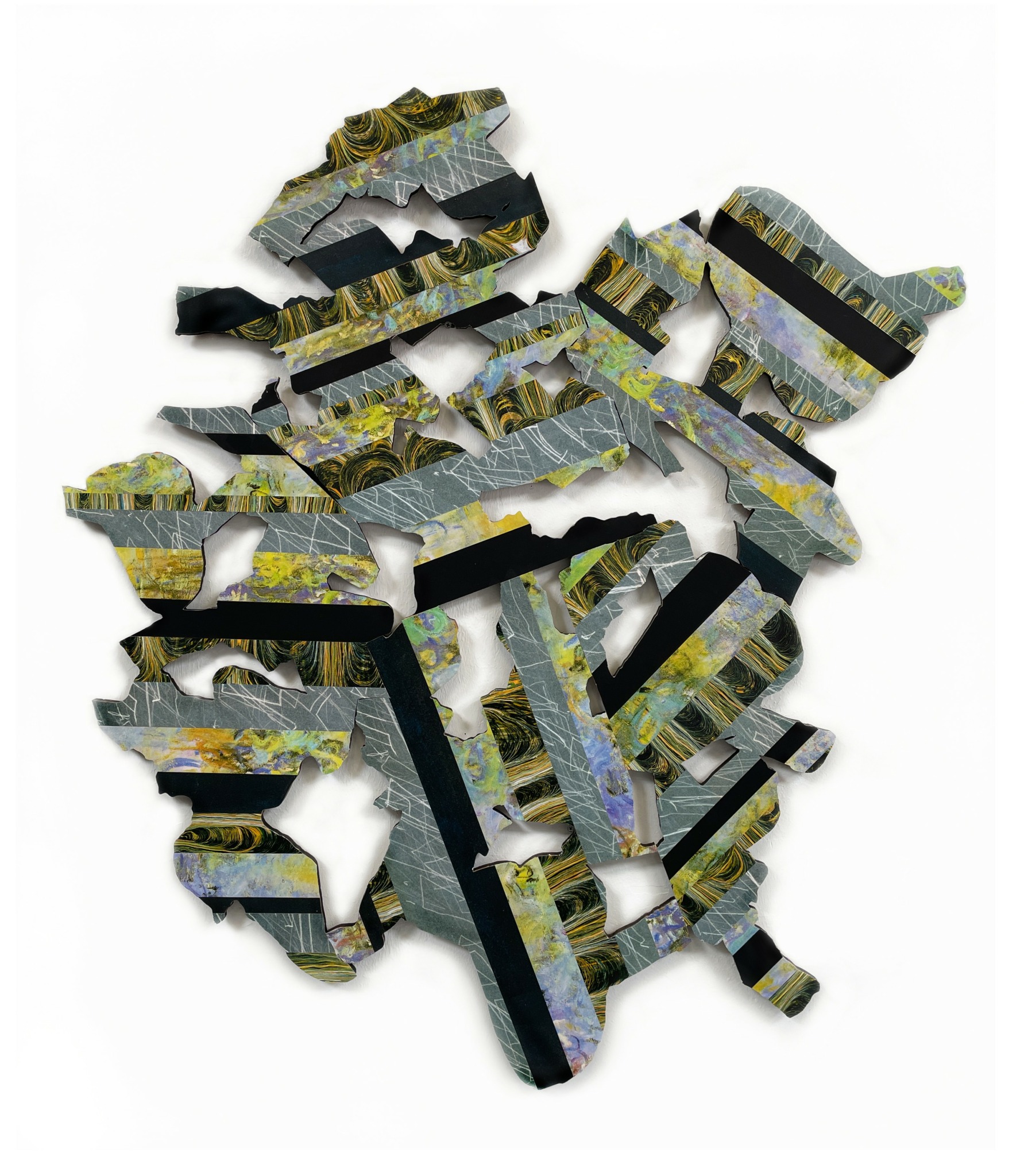
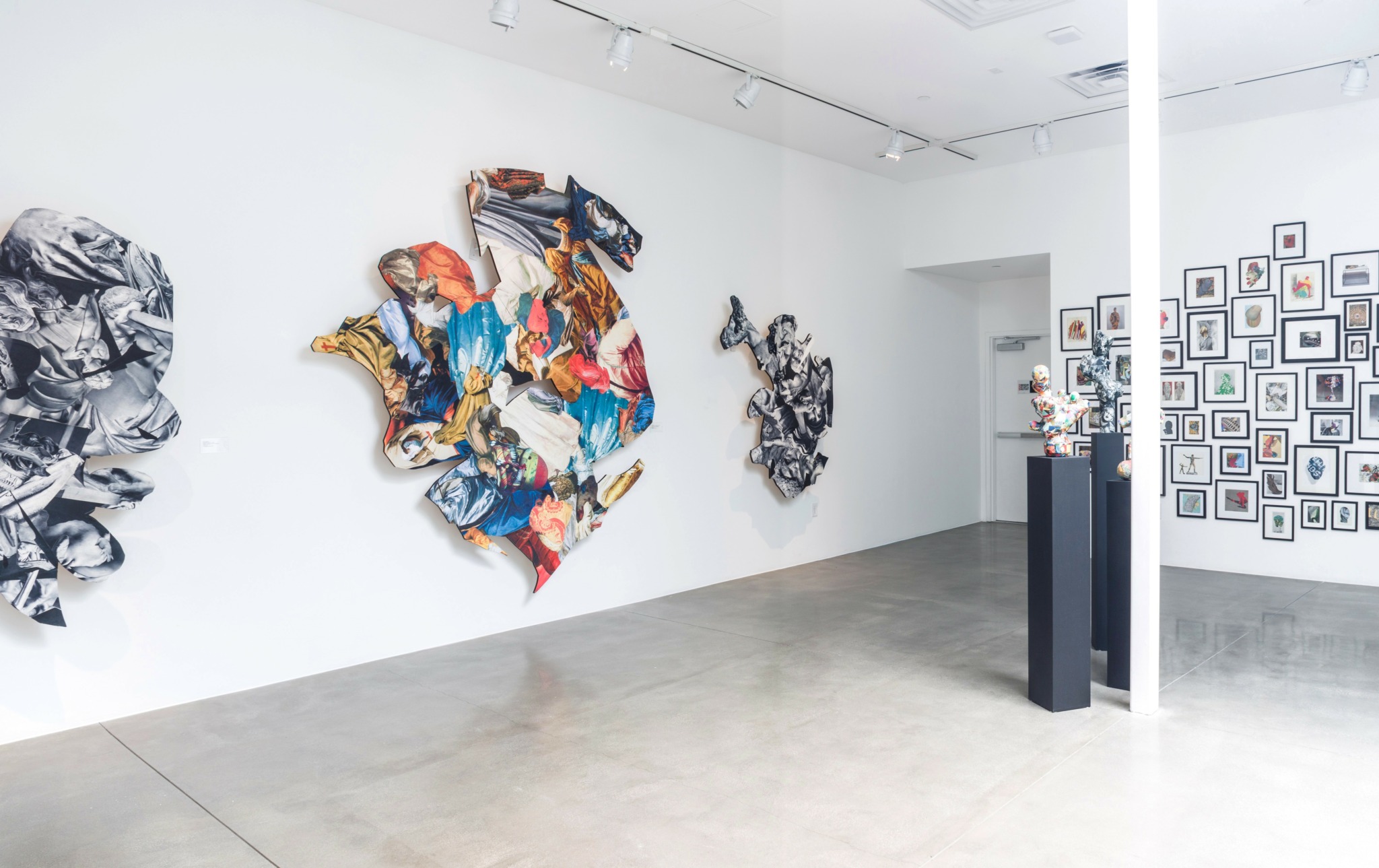
Looking back, are there any resources you wish you knew about earlier in your creative journey?
The most valuable resources available to artists today didn’t exist when I was starting my art career. The digital revolution has transformed both art-making and art business in ways that would have seemed impossible thirty years ago. When I was beginning, reaching out to a curator or art writer was an elaborate, expensive process. You had to assemble a package containing:20 slides of your work (about $20 per sheet to produce), printed slide sheet with artwork details, photocopied résumé, artist statement, and bio, and include a self-addressed stamped envelope for returns. Each submission packet took hours to prepare and cost $25-30 – a significant investment for a young artist reaching out to multiple contacts.
Today’s artists have an incredible toolkit at their disposal: digital imaging and editing tools, professional-quality printing, laser cutting technology, social media platforms for networking, email for instant communication, print-on-demand services, online art communities, AI tools like ChatGPT, digital resource libraries, e-commerce platforms, and overnight shipping for materials.
These digital tools haven’t just made creating art more efficient – they’ve revolutionized how artists connect with the art world. Finding and reaching out to art professionals is now faster, easier, and far less expensive than ever before. When I think about having started my career at 25, I can only imagine how different my path might have been with these resources at my fingertips. We’re truly living in a golden age of digital tools and instant access – I encourage young artists to take full advantage of these opportunities!
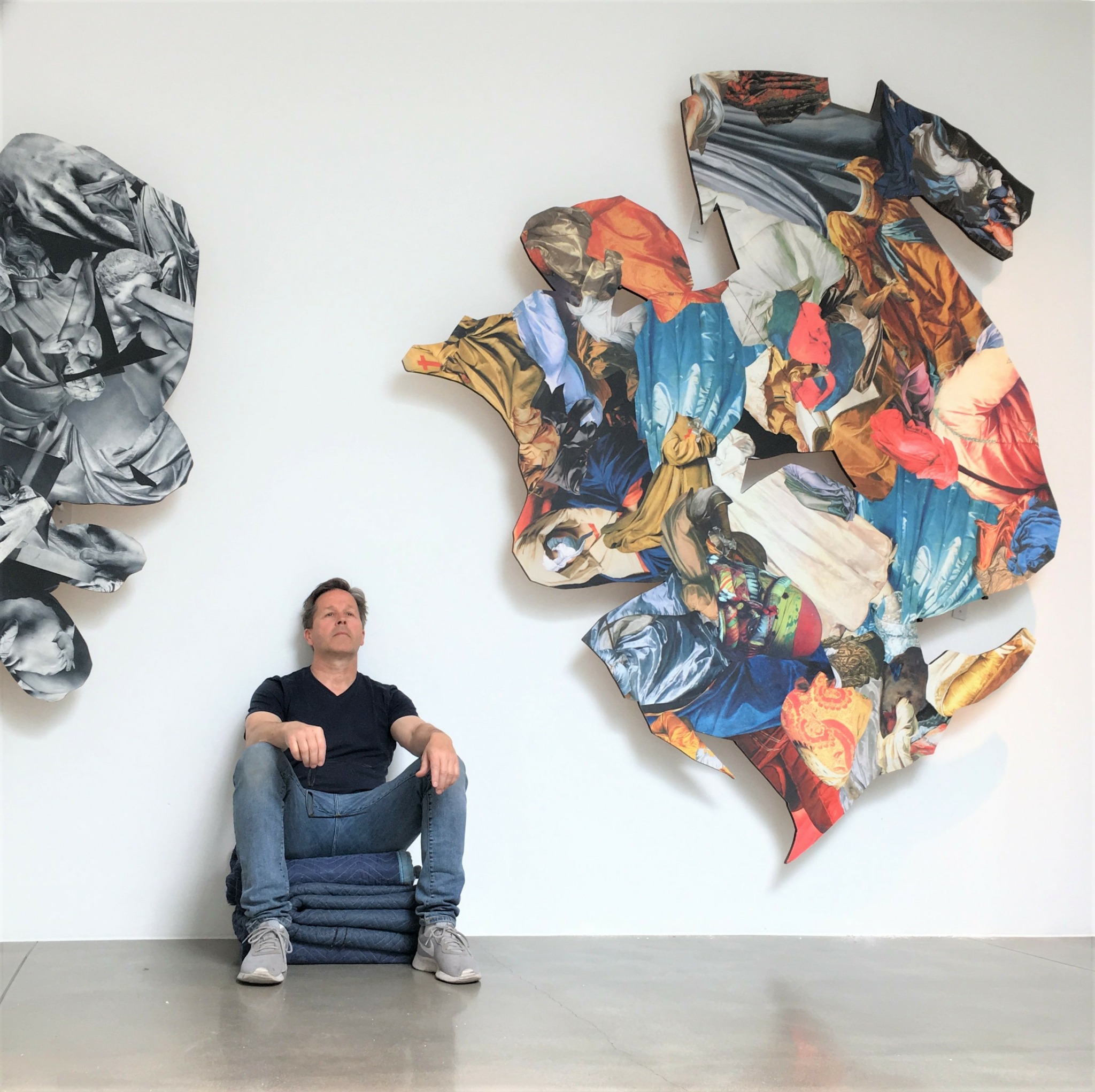
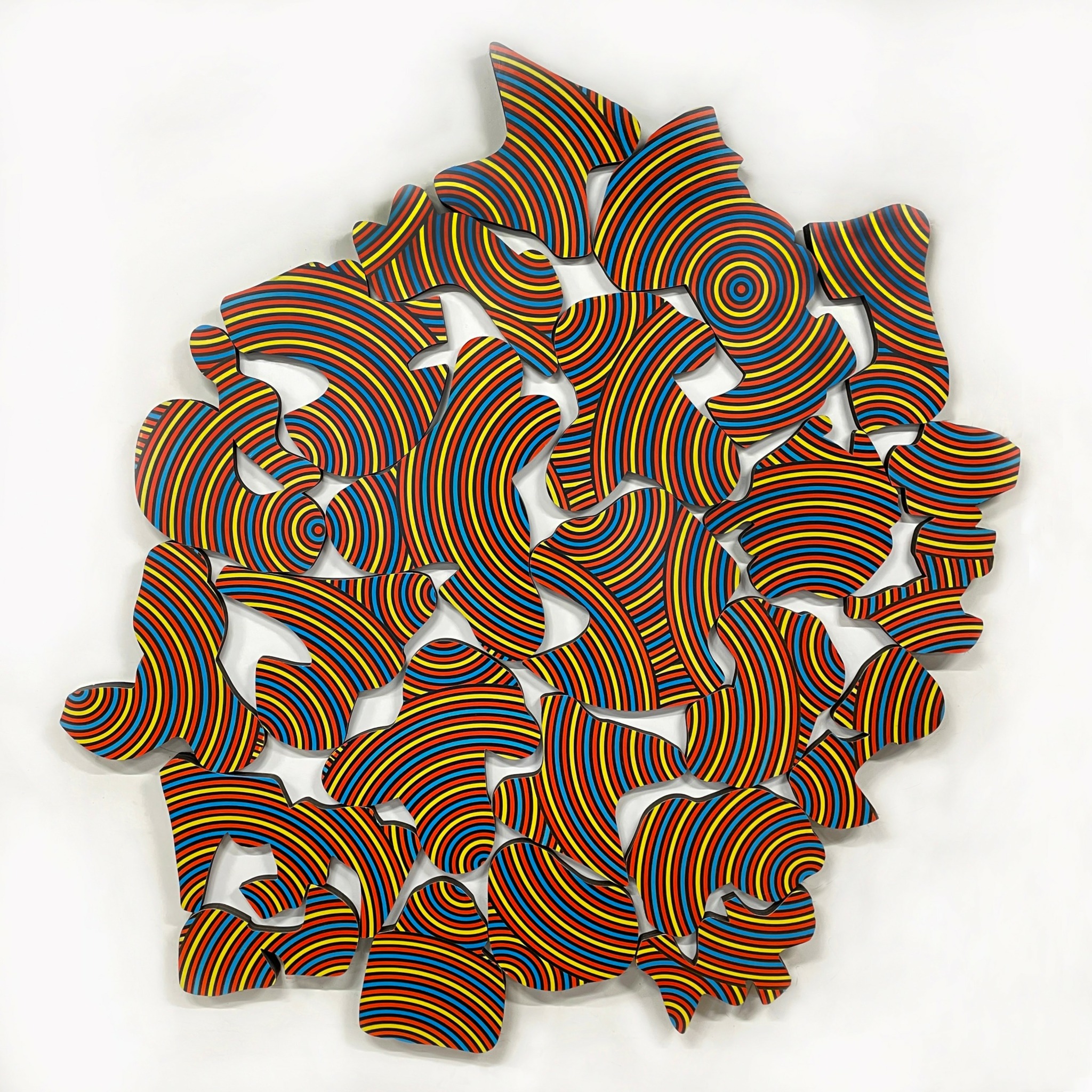
What can society do to ensure an environment that’s helpful to artists and creatives?
Society can best support artists and creatives through three key approaches: economic investment, changing perceptions, and ensuring equal access to opportunities.
First, we need meaningful investment in art education and entrepreneurship support. Artists are essentially small business owners, often struggling with underfunding and limited access to technical and financial resources. Government and community programs can bridge this gap. This isn’t just about supporting art for art’s sake – it’s important to remember that the creative sector contributes significantly to our economy, generating $30-35 billion annually in the US.
Second, we must challenge prevailing stereotypes about artists being disorganized, flaky, or uncommitted. In reality, most artists are incredibly hardworking, often juggling multiple jobs to sustain their creative practice. Many sacrifice traditional markers of stability – homeownership, healthcare, regular work hours, sometimes even family life – to pursue their craft.
Finally, artists deserve equal, not special, treatment. This means equal access to business loans, employment opportunities, and housing. Their work should be recognized as essential, not superfluous. After all, everything in our built environment – from what we wear to what we read, hear, and use – was shaped by creative professionals. While all humans have a creative capacity, artists are those who dedicate themselves to creation as their life’s work.
Contact Info:
- Website: https://www.raybeldner.com/
- Instagram: https://www.instagram.com/raybeldner/
- Facebook: https://www.facebook.com/raybeldner/
- Linkedin: https://www.linkedin.com/in/ray-beldner-9229a42/
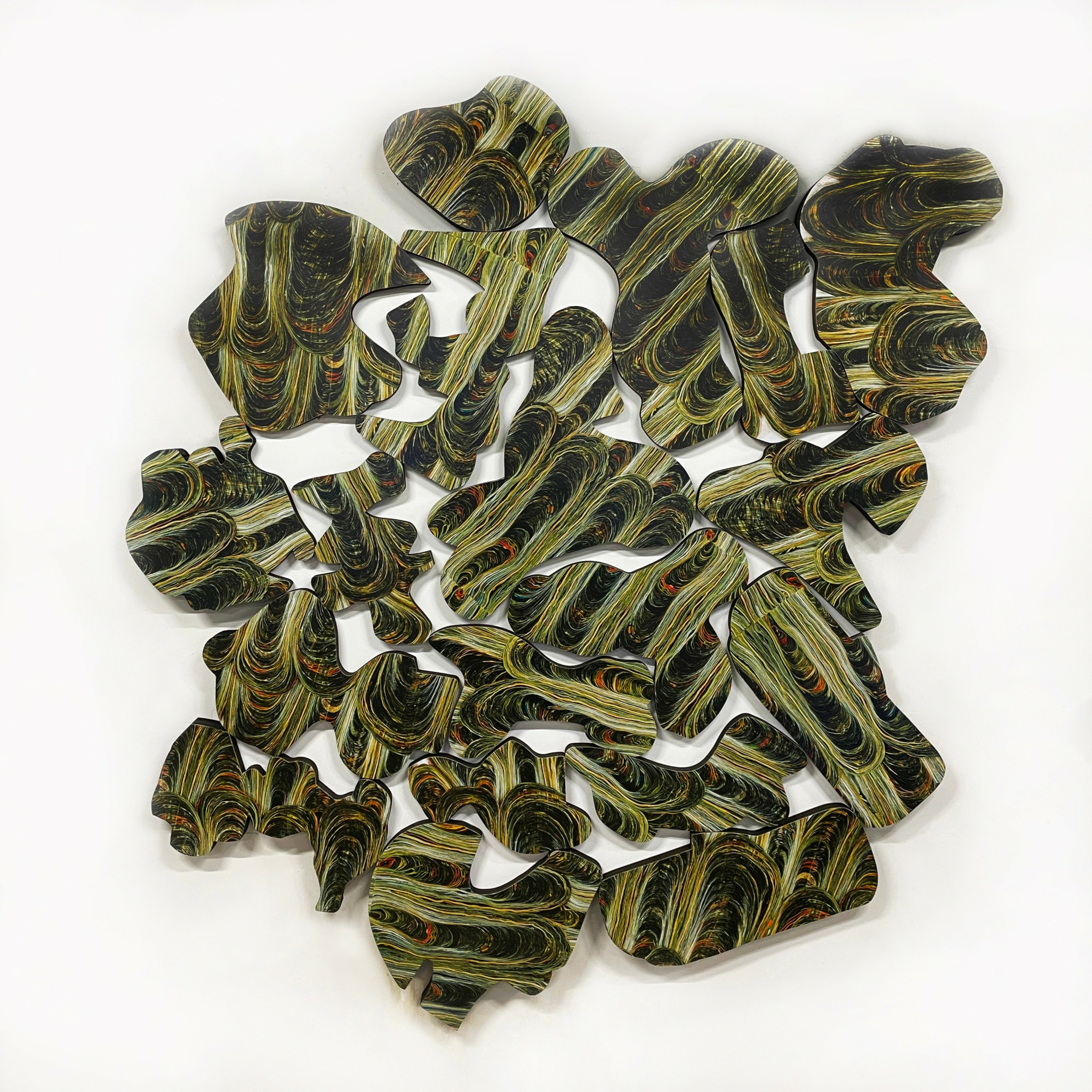
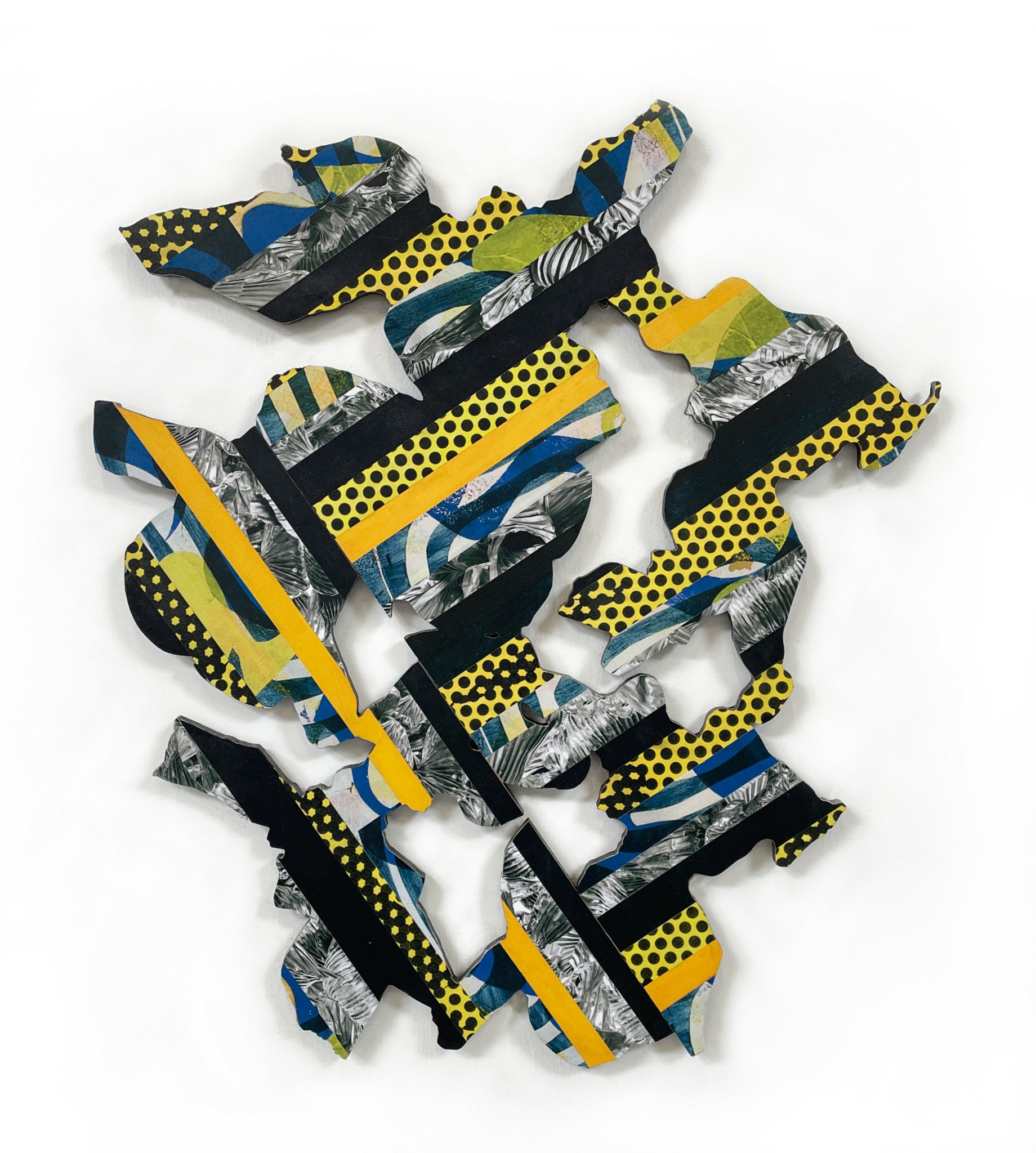
Image Credits
The first image (Portrait of Ray Beldner) courtesy Marne Lucas


